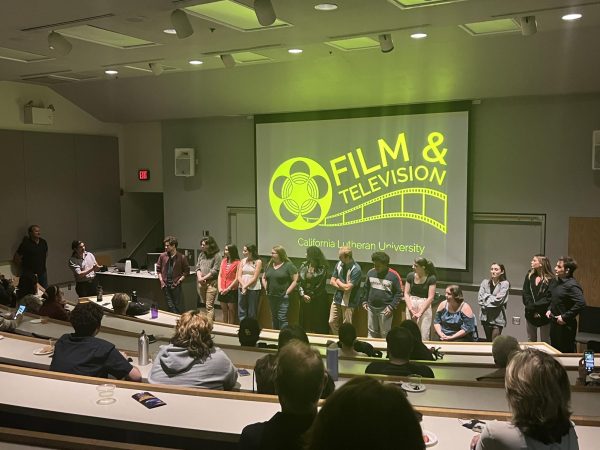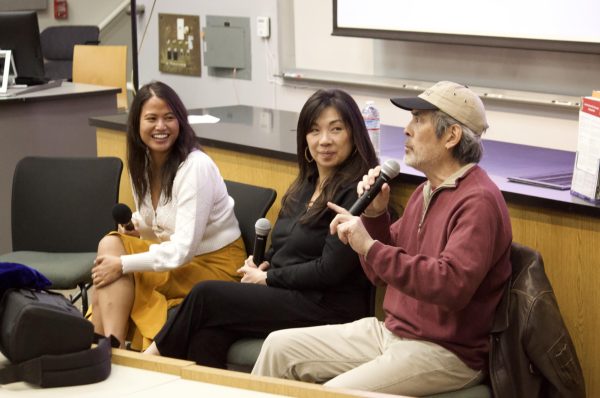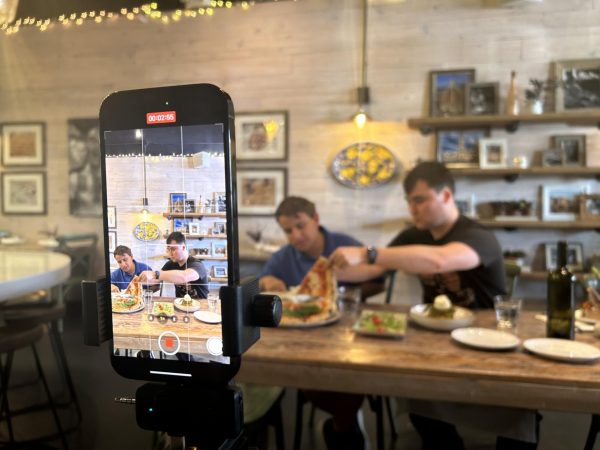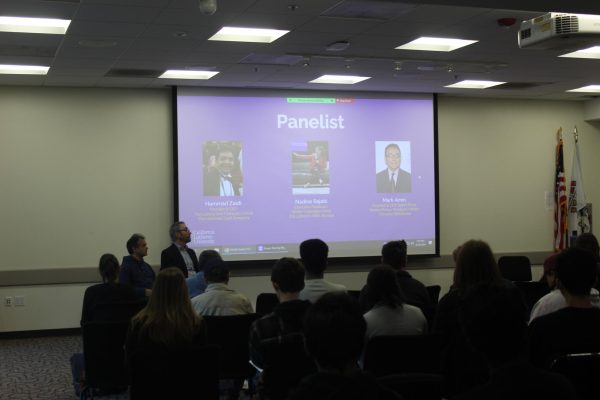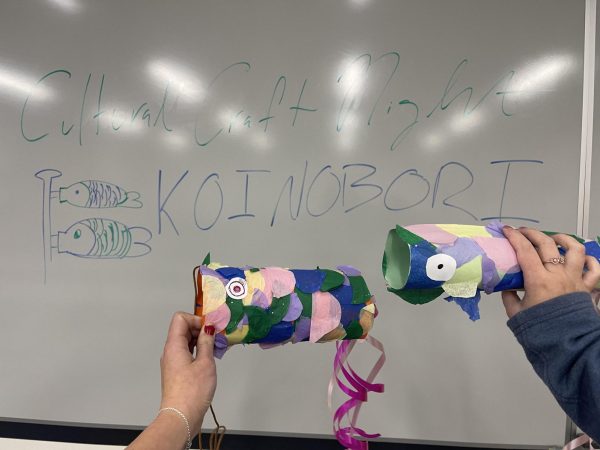Non-verbal communication alternatives at Spectrum of Opportunity conference
A new book edited by Edlyn Pena details alternative forms of communication methods that can be used by educators and individuals with autism.
October 8, 2019
On Saturday Oct. 5, the fourth annual Spectrum of Opportunity conference at California Lutheran University highlighted award winning researcher and autism advocate Edlyn Pena, and the new book “Communication Alternatives in Autism: Perspectives on Typing and Spelling Approaches for the Nonspeaking,” which Pena edited. Pena, who is the director of the Autism and Communication Center at Cal Lutheran, included the stories of 10 non-verbal people with autism in the book.
According to an event listing on Cal Lutheran’s website, the annual conference included “author-led workshops and interactive activities for autistic self-advocates, family members, educators and professionals.”
Pena became involved with supporting autistic individuals after her son was diagnosed with autism.
“My son was diagnosed with autism in 2010 at the age of two and I knew very little about autism back then. He was the one who educated me about autism and that’s when I started learning more about it and advocating for my son and other students with autism, because there weren’t enough resources in our schools for them,” Pena said.
Pearl Castro, a communication partner and Cal Lutheran alum, works with Pena’s son. Through this, she knows resources are important for autistic individuals.
“I think it’s absolutely important, especially for people that might not be aware that people use typing as a way to communicate,” Castro said, in reference to Pena’s book. “It garners a better understanding of how it feels to be trapped in your own body and not be able to voice what you want in this world. And then what the freedom of this typing can do and this form of augmented and alternative communication can bring to these students [is] that they can achieve so much more than what their disability can do.”
Support and understanding are essential to the success of individuals who live with nonverbal forms of autism, Castro said.
“For me it’s a cause that’s really important just because these students can be underestimated for who they are, but their intelligence is so broad and having a voice to communicate is so important, so that’s something I want to support,” Castro said.
Authors who made statements at the Spectrum of Opportunity conference had similar messages of hope for a future full of increased understanding and awareness. The book was described by authors at the event as a form of representation for them in a world that does not often spotlight people who live with autism.
“I think this book will have a trickle down effect. It will impact the family members. It will impact the educators, and that will then trickle down to the students themselves. I hope that autistic individuals will also read the book themselves so that they can feel empowered. They can look at the stories from the other chapter authors and see themselves in those stories and say ‘I am capable too. I can do this too. I can achieve great things,’” Pena said.
Sara Cook, who got involved with the book while working with Pena as a research assistant, said the authors have written content that gives the reader a clear understanding of an individual living with autism.
“I think this book is a must-read for any educator. There’s no better way to learn than hearing directly from the authors about their personal experiences. They are the true experts,” Cook said in an email interview.
Pena said she ultimately aims to bring acceptance and aid to autistic individuals so they can live life feeling as accepted and understood as possible.
“I hope that when people read this book they can see the capability and potential of autistic individuals,” Pena said. “To fully participate, to be included socially and academically, so that they can look beyond what they see on the outside and that there’s so much more on the inside for people on the spectrum.”




